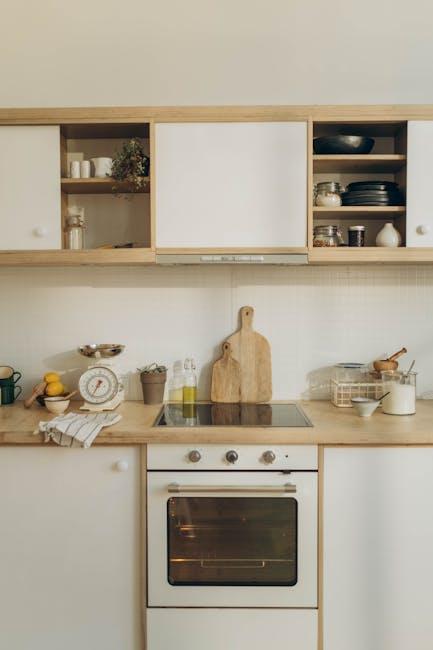The kitchen is often called the heart of the home-a place where meals are prepared, stories are shared, and daily rhythms unfold. Yet, beyond its functional role, the very design of this space can subtly influence how we eat, what we eat, and even how we relate to food. From the arrangement of appliances to the flow between countertops and dining areas, the layout of your kitchen shapes your culinary habits in ways you may not have realized. In this article, we explore how the environment where meals come to life plays a critical role in guiding our eating behaviors and making every bite more intentional.
Designing for Efficiency Creating a Kitchen That Encourages Healthy Habits
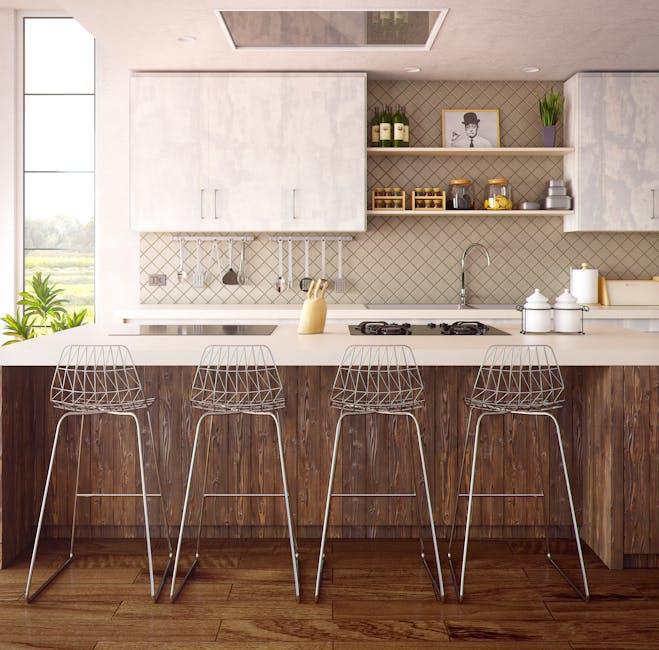
Maximizing your kitchen’s functionality directly impacts the choices you make about what and how you eat. When counters are clutter-free and appliances are conveniently placed, the cooking process becomes less daunting and more inviting. Simple steps like locating your cutting board, knives, and fresh produce near each other can transform meal preparation into a seamless flow, encouraging more homemade meals over processed options. Consider integrating open shelving that keeps healthy snacks and ingredients prominently visible, subtly nudging you to reach for nutritious options first.
Efficiency in layout also means minimizing waste-of both time and ingredients-by having designated zones for prepping, cooking, and cleaning. Here’s a quick guide on kitchen zones that promote healthy habits:
- Prep Zone: Spacious counter space next to the sink with cutting boards and knives.
- Cooking Zone: Stove and oven within easy reach of essential pots, pans, and utensils.
- Storage Zone: Accessible pantry with clear containers for grains, nuts, and dried fruits.
- Snack Zone: Visible area for fresh fruits, nuts, and healthy grab-and-go items.
| Kitchen Zone | Key Feature | Impact on Healthy Habits |
|---|---|---|
| Prep | Close to sink & sharp knives | Facilitates fresh meal prep |
| Cooking | Efficient access to pots | Encourages homemade dishes |
| Storage | Clear containers & pantry order | Reduces impulse buys |
| Snack | Visible fresh fruit display | Promotes healthy snacking |
The Impact of Appliance Placement on Meal Preparation and Portion Control
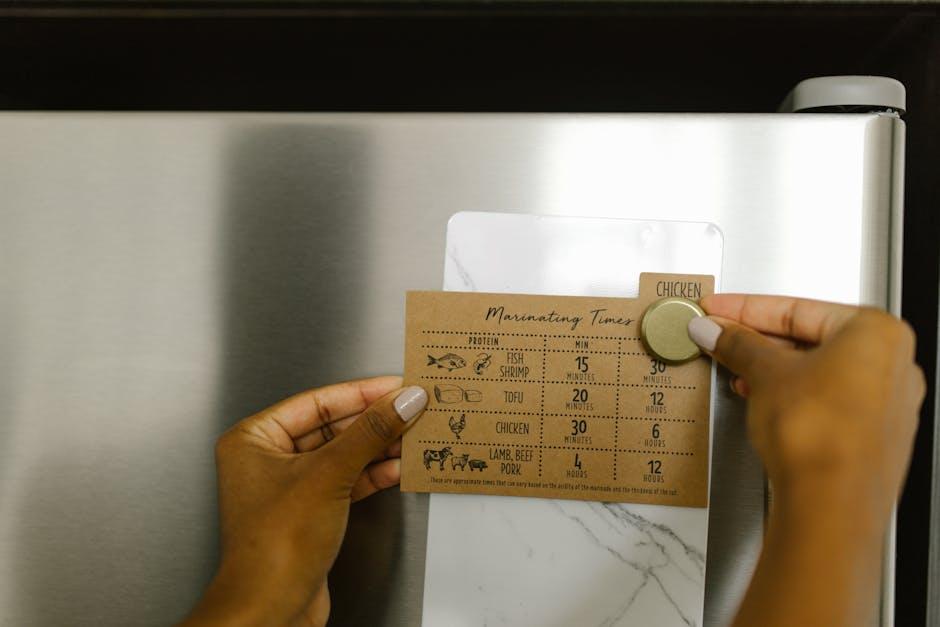
Strategically positioning your kitchen appliances can significantly streamline the meal preparation process, encouraging healthier choices and better portion control. When appliances like the oven, microwave, and refrigerator are placed within easy reach, it reduces the effort needed to prepare balanced meals. This convenience often translates into cooking at home more frequently, allowing better oversight of ingredients and serving sizes. A well-organized layout minimizes the temptation to grab quick, processed snacks from counter clutter, nudging you toward mindful eating habits.
Consider these key placement tips:
- Zone your kitchen: Group appliances by task-cooking, cleaning, and storage-to maintain a smooth workflow.
- Maintain visible counters: Clear space near the fridge and stove to prep meals thoughtfully, avoiding the piling of excess food portions.
- Use smaller appliances strategically: A well-placed toaster or slow cooker can encourage batch cooking and portion control.
| Appliance | Recommended Placement | Impact on Eating Habits |
|---|---|---|
| Refrigerator | Near pantry and prep area | Encourages fresh meal prep |
| Microwave | Accessible, away from dining table | Discourages reheating large portions impulsively |
| Oven | Central cooking zone with workspace | Supports deliberate cooking and portion control |
How Seating Arrangements Influence Family Interaction and Mindful Eating
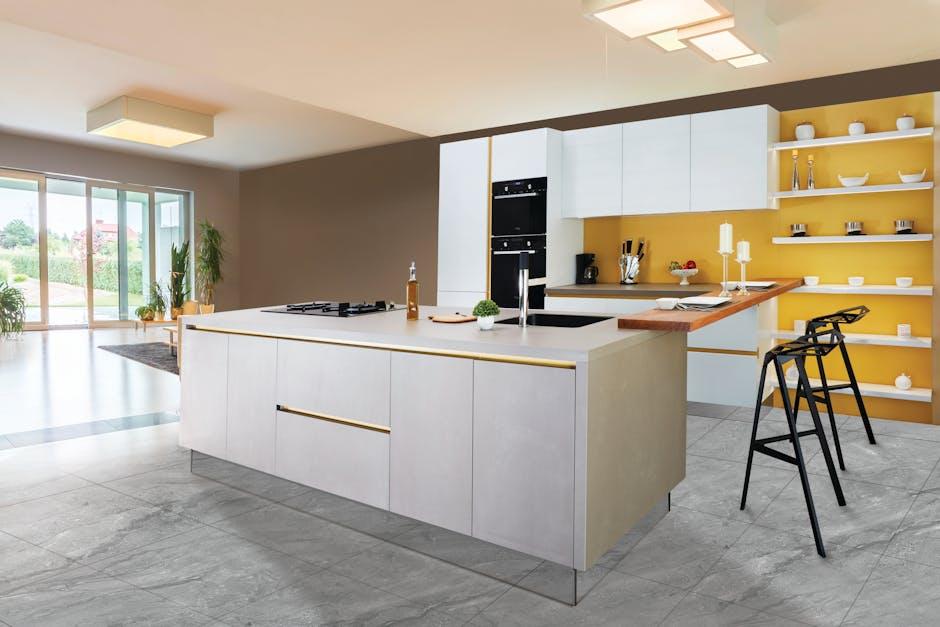
The way families sit together profoundly shapes not only their conversation flow but also their relationship with food. Circular or oval tables encourage eye contact and equal participation, fostering a sense of inclusion and shared presence. In contrast, long rectangular tables often create a divide, grouping conversations and sometimes leaving members feeling distant or overlooked. Seating arrangements that place family members facing each other promote active listening and deeper connection, which can naturally slow down mealtime pace-essential for mindful eating. By contrast, side-by-side seating or bar-style counters might spur quicker meals, sometimes at the expense of engagement and mindful food appreciation.
Consider how different layouts impact eating habits and family dynamics:
- Closely arranged seats encourage passing dishes and sharing food, enhancing communal dining experiences.
- Fixed, permanent seating can lead to rigid roles (e.g., “head of the table”), influencing who interacts most.
- Flexible seating options allow families to adapt for occasions, varying intimacy levels and mealtime focus.
| Seating Style | Interaction Level | Mindful Eating Support |
|---|---|---|
| Round Table | High | Encourages conversation & slower eating |
| Bar Seating | Low | Quick meals, less focus on food |
| Bench Seating | Moderate | Promotes communal sharing |
| Rectangular Table | Variable | Can inhibit or segment interaction |
Optimizing Storage to Promote Fresh Ingredients and Reduce Food Waste
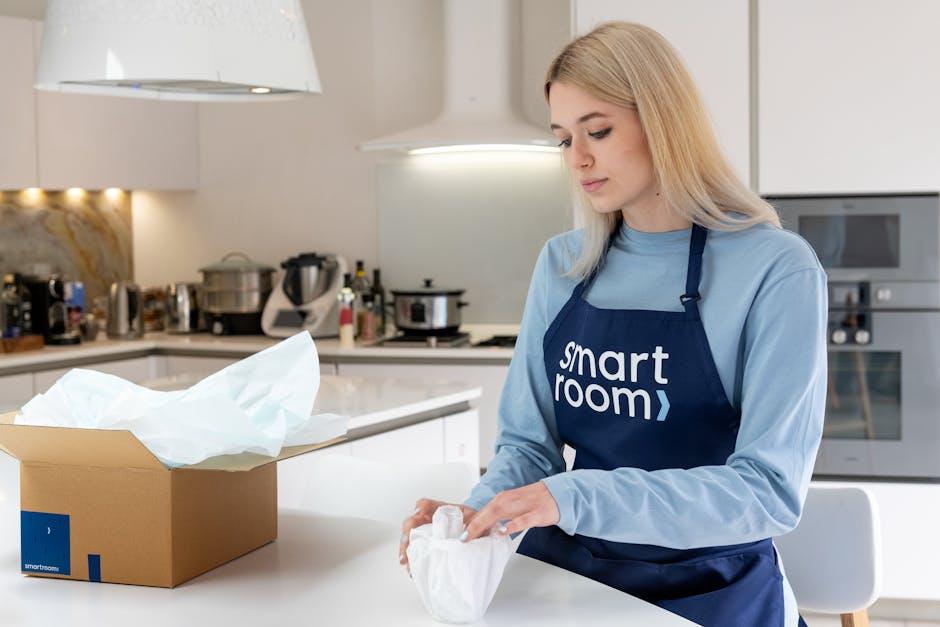
Proper storage in your kitchen not only extends the life of your ingredients but also actively guides the way you prepare meals. By strategically placing fresh produce in clear, visible containers at eye level, you naturally encourage their regular use. On the contrary, ingredients stashed away or hidden tend to be overlooked and forgotten, leading to unnecessary spoilage. Consider adopting storage solutions such as stackable clear bins, labeled jars, and moisture-controlled crisper drawers to maintain the optimal environment for fruits, vegetables, and herbs.
Implementing smart storage can make a tangible difference in reducing food waste. Here are some practical tips to get started:
- Group similar items: Keep dairy together, fruits separate from vegetables, and herbs in breathable containers.
- Use smaller containers: Portion foods into smaller, resealable bags or containers to preserve freshness longer.
- Designate a “soon-to-use” zone: A shelf or drawer for items that need to be consumed quickly helps to prioritize them during meal planning.
| Storage Method | Ideal Foods | Benefits |
|---|---|---|
| Clear Containers | Fresh Herbs, Berries | Visibility enhances usage |
| Moisture-Control Drawers | Leafy Greens, Carrots | Prevents wilting and spoilage |
| Labeling System | All Perishables | Tracks freshness and expiry |
Final Thoughts
In the end, the layout of your kitchen is more than just a backdrop for meal prep-it subtly shapes the way you connect with food and those around you. Whether it encourages lingering conversations over a shared counter or streamlines quick, solo bites, your kitchen’s design influences your eating habits in ways you might not even notice. So next time you consider a kitchen upgrade, remember: you’re not just changing a space, you’re shaping the rhythm of your daily life, one plate at a time.
